After nearly eight decades’ worth of Dark Knight tales, Batman: The Animated Series remains one of the most-respected non-print representations of the title character to date. It may even qualify as the definitive version. If that claim leaves you skeptical, consider for a moment the previous incarnations. Lewis G. Wilson and Robert Lowrey were both rather forgettable in the 1940s Columbia serials, and while the 1960s TV series was great fun, with a wildly entertaining rogues’ gallery and a brilliant performance by Adam West, it was also tongue-in-cheek to the point of absurdity, making it difficult to see it as anything but a satire.
Tim Burton’s two films had a lot going for them, particularly Michael Keaton’s spot-on dual performance as Bruce Wayne and the Caped Crusader, the casting coup of Jack Nicholson as the Joker, and Michelle Pfeiffer’s seductive, mentally unstable take on Catwoman, but they also suffered from ill-fitting Prince music, supernatural cats, and a ridiculous Penguin plot.
The next two films, from director Joel Schumacher, achieved solid casting in Tommy Lee Jones and Jim Carrey, but Two-Face and the Riddler were each written as cackling Joker re-hashes—and none of the villains in Batman & Robin (Poison Ivy, Mr. Freeze, Bane, and Jason Woodrue) worked, mainly because nothing in that film worked. Val Kilmer made for a passable Batman but a remarkably uncharismatic Bruce Wayne, while George Clooney, despite looking the part, proved disastrous as both superhero and alter-ego.
More recently, the Christopher Nolan movies wowed audiences, with Heath Ledger surpassing even Nicholson in the Joker role, though The Dark Knight Rises suffered from too many villains (a common problem with superhero sequels), and Christian Bale’s gruff Batman voice was often distractingly over-done. Ben Affleck, meanwhile, surprised a lot of naysayers by proving he was an excellent choice to take over from Bale, even if the films in which he has appeared have not lived up to his potential.
And then there was The Animated Series.
The show struck a wonderful balance between comedy and drama, between pathos and action. It explored the gamut of Batman’s personality traits, from compassion, love, and generosity to anger, hatred, and even selfishness, presenting him as a flawed and multifaceted human, not a chiseled, one-dimensional meta-human stereotype incapable of making mistakes. The creators understood how versatile the title character could be, how fascinating the world in which he operated was, and how important it was to make the villains as interesting and layered as the heroes.
But it was the voice-acting that truly astounded. Kevin Conroy expertly captured the essences of both Bruce Wayne and his masked counterpart, with guest actors like Mark Hamill, Richard Moll, Arleen Sorkin, Paul Williams, Adrienne Barbeau, John Glover, Roddy McDowell, and Michael Ansara taking compelling turns as the show’s recurring antagonists. It was groundbreaking and spellbinding, and it excelled week after week. There’s a reason TV Guide ranked Batman: The Animated Series as the seventh greatest cartoon of all time.
As a Batman-based show, The Animated Series was heavily influenced by what had come before—not only decades’ worth of comics from countless creators, but also Burton’s two Batman films and Fleischer Studios’ Superman cartoons from the 1940s. But has the reverse been true? Has The Animated Series influenced DC’s comics, movies, and TV shows?
In a word, yes. Just think about the number of original characters created for the cartoon who have since appeared in other media, and it’s undeniable.
The most obvious example is Harley Quinn, the Joker’s lover and accomplice, who debuted in a season-one episode titled “Joker’s Favor.” Popular with viewers and writers alike, Harley has gone on to become a staple character in the mainstream DC universe, beginning with The Batman Adventures issue #12, published in 1993. Since then, she has appeared in a slew of comics, the 2002 Birds of Prey television series, and last year’s Suicide Squad, with Margot Robbie earning accolades across the board for her portrayal of Harley in the latter (despite the film’s widespread critical lambasting), and a place in the upcoming movie Gotham City Sirens. Far and away, Harley Quinn is The Animated Series‘ most lasting original creation.
Also original to the cartoon was Renée Montoya, a Gotham City Police detective and a staunch ally of Batman, who served as a counter-balance to belligerent Harvey Bullock.
Like Harley Quinn, Montoya debuted in the episode “Joker’s Favor,” though DC chose to showcase her in a comic (Batman issue #475) prior to the episode’s airing, despite her having been created by the show’s writers. She has since remained a regular cast member in the comics—in which she has taken up the superhero mantle of The Question—as well as showing up on the TV series Gotham, the films Batman & Mr. Freeze: SubZero and Batman: Bad Blood, and the webseries Gotham Girls.
Nora Fries, the wife of Doctor Victor Fries, was also created for The Animated Series. Introduced in the first-season episode “Heart of Ice”—which won an Emmy Award for Outstanding Writing in an Animated Program—Nora suffered from a fatal condition that Mr. Freeze was desperate to cure, humanizing the villain by giving him a tragic, relatable motivation for committing crimes. 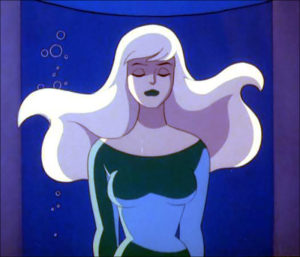
Since her debut, Nora has appeared on other shows, including The Batman and Gotham, as well as in Schumacher’s abysmal Batman & Robin (in what were basically the movie’s only good scenes). More recently, the comics have transformed her into a supervillain called Lazara, able to summon fire and raise the dead, thanks to her submersion in the Lazarus Pit.
Yet another villain created for the cartoon who has gone mainstream is Lyle “Lock-Up” Bolton, who first showed up in the self-titled season-two episode “Lock-Up” before moving over to comics in 1996, in the pages of Robin vol. 4 issue #24 and Detective Comics #694.
Initially serving on the side of the law as Arkham Asylum’s chief of security, Bolton terrorized inmates until eventually becoming a villainous costumed vigilante. Lock-Up has appeared in numerous comics, including a series tied in with the Arrow television series.
Perhaps the most bizarre example of an Animated Series character crossing over to comics is the Condiment King. Introduced in the third-season episode “Make ‘Em Laugh,” this comic-relief villain was played more for giggles than as an actual foil to the Caped Crusader. 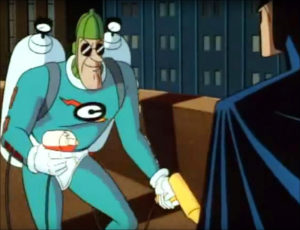
The character has been featured in Batgirl: Year One, Birds of Prey #37, Robin #171, and other comics, providing more chuckles than actual menace, thanks to his “power” of using food condiments as weaponry. He has never been taken seriously by fans, but the fact that he had a cameo in The Lego Batman Movie proves he made an impression. Recently, the Condiment King was beaten to death with his own ketchup and mustard guns in Final Crisis Aftermath: Run.
Similarly, several characters who existed before appearing on The Animated Series have been retroactively adjusted in the comics to match their popular cartoon counterparts. In addition to Mr. Freeze’s tragic past, the show introduced the idea of Bruce Wayne being trained by Zatanna and Zatara as a youth, re-invented The Clock King’s identity from William Tockman to Temple Fugate, and gave The Riddler a business suit to replace the jumpsuit costume he’d previously worn in the comics, as well as on the Adam West TV series and in the film Batman Forever. These changes and others have since been incorporated into the comics.
There are many other examples of the cartoon’s lasting effect. Batman Confidential issue #36 featured a Batwing identical to the vehicle’s animated design. Summer Gleason, from the episode “Christmas With the Joker,” had cameos in Batman Beyond and the comics Mad Love and Batman: No Man’s Land Secret Files #1. Batman’s line “I am Vengeance,” from the episode “Nothing to Fear,” was referenced in Batman: Shadow of the Bat issue #1,000,000. Salvatore Valestra, from spinoff film Mask of the Phantasm, returned in Justice League of America 80-Page Giant #1. And Catwoman #2 paid homage to “The Cat and the Claw, Part I,” by having Selina Kyle seduce Bruce in the same way she did in that episode—with long, blonde hair and a slinky red dress.
The Animated Series spawned a long-running line of spinoff comic books and a sequel TV show in Batman Beyond. The show’s design inspired the aesthetics of both Superman: The Animated Series and Justice League Unlimited, as well as the Batman: Arkham action-adventure video game series. What’s more, Lego’s Batman-related mini-figures—particularly those based on Two-Face, Poison Ivy, The Joker, Harley Quinn, and Mr. Freeze—clearly took their inspiration from the Batman cartoon.
The series launched the DC Animated Universe, but it also helped to shape the published and filmed Batman mythos. Its influence goes far beyond the 109 episodes (including those in the renamed third season, The New Batman Adventures) and various spinoff films. It’ll be fascinating to see which elements of the series will transcend animation next.

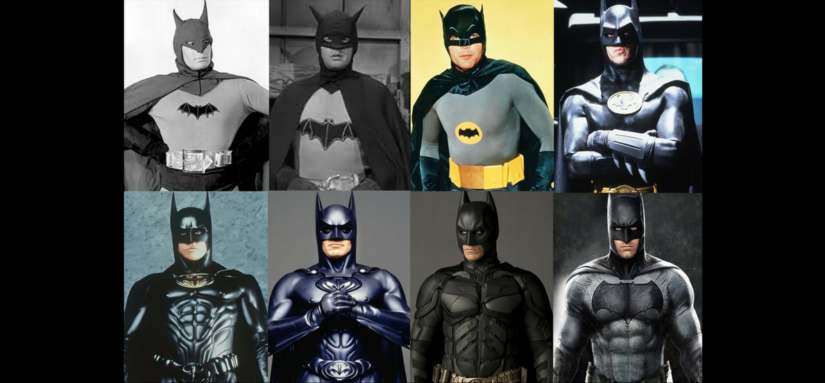
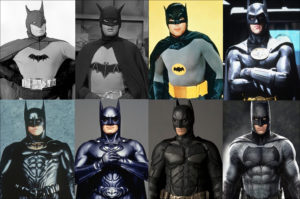
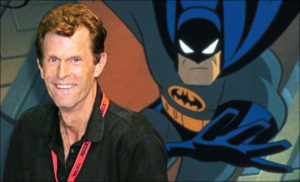
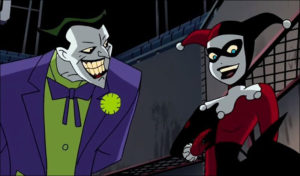
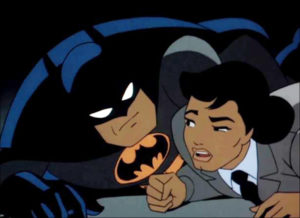
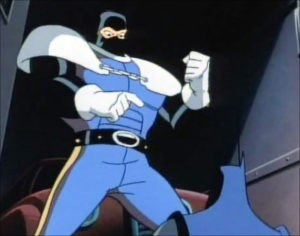
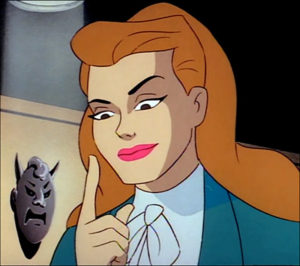
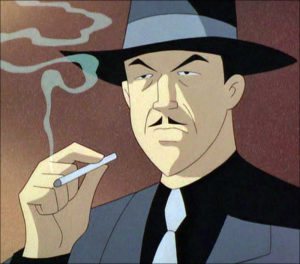
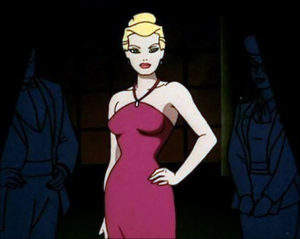
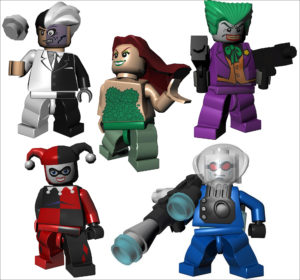
Comments are closed.